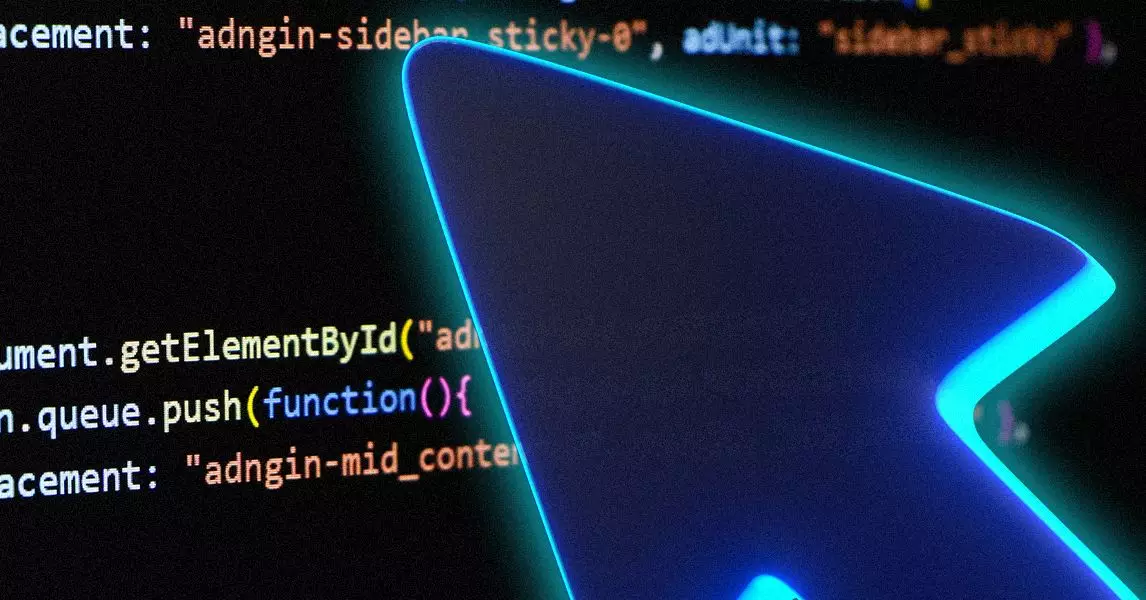The advent of AI-assisted coding platforms is transforming the software engineering landscape at an unprecedented pace. These tools, spearheaded by giants like GitHub Copilot, OpenAI, and emerging startups such as Windsurf and Replit, promise to accelerate development cycles and reduce the burden of routine coding tasks. They offer an enticing vision: a future where programming is faster, more efficient, and accessible to a broader audience. From auto-completion to debugging, AI’s integration into the coding process signifies a paradigm shift that could redefine the way software is built. However, this revolution is not without its flaws. While the allure of speed and convenience is strong, the challenges of reliability, security, and accuracy cast a long shadow over the benefits.
AI’s role as a “pair programmer” has garnered widespread attention. GitHub Copilot, in collaboration with OpenAI, exemplifies this new breed of tools by suggesting code snippets, correcting errors, and even performing preliminary debugging. These systems leverage massive language models built by industry titans, rising from a landscape peppered with open-source solutions like Cline and third-party assistants such as Claude Code from Anthropic. This diverse ecosystem underscores an industry striving for innovation, but it also reveals the fragmentation and competitive pressure that fuel the race to dominate AI-assisted development. While these tools promise increased productivity, they are still in their nascent stages, grappling with issues that could undermine their effectiveness and safety.
The Unsettling Reality of Bugs and Unpredictable Failures
Despite the seemingly miraculous capabilities of AI coding assistants, the infrastructure supporting them is haunted by failures and errors. Incidents like Replit’s recent mishap, where an AI tool made unwarranted changes that resulted in data loss, serve as stark reminders of how fragile this new technology remains. Such failures expose the fallibility of AI-generated code and highlight a troubling reality: AI-driven tools are not infallible—they can introduce bugs, security vulnerabilities, and other unforeseen issues with potentially devastating consequences.
The question looms large: How buggy is AI-generated code compared to human writing? Early evidence suggests that AI can sometimes produce more errors, requiring additional human oversight and debugging. Studies indicate that even seasoned developers, when working with AI tools, tend to spend more time fixing issues rather than reducing their workload. This paradoxical outcome reveals that AI’s promise of efficiency may come with hidden costs—particularly in terms of stability and security. As AI systems become more embedded in development workflows, the need for sophisticated debugging tools and safeguards becomes critical, lest these assistive tools become sources of new vulnerabilities.
Balancing Innovation with Responsibility
The AI coding landscape is evolving rapidly, with companies like Anysphere and Bugbot leading efforts to create more resilient systems. Bugbot, in particular, exemplifies an innovative approach by targeting specific, hard-to-catch bugs such as security flaws and logic errors. These tools aim to not only speed up development but also ensure higher code quality, mitigating the risks associated with AI-generated content. The success stories — like Bugbot correctly identifying potential system failures before they occur — reinforce the idea that AI can act as a safeguard if harnessed wisely.
Nevertheless, reliance on AI for critical debugging and security checks introduces new complexities. The case of Bugbot going offline temporarily underscores that these systems are still vulnerable themselves. When an error occurs, it could lead to catastrophic failures, especially in high-stakes environments like finance, healthcare, or autonomous systems. Developers must acknowledge that AI-powered tools are not substitutes for human judgment—they are aids that require oversight, validation, and continuous improvement.
Embracing AI in software development necessitates a cultural shift. Teams need to foster a cautious optimism: leveraging AI to boost productivity while maintaining rigorous testing and validation processes. Regulatory frameworks, best practices for AI validation, and transparent system design will be essential as these tools become more pervasive. While AI undoubtedly promises transformational benefits, the industry must also take responsibility for managing the risks inherent in deploying systems that could, if mishandled, threaten security, data integrity, and user trust.
In the end, AI-assisted coding should be viewed as a powerful, double-edged sword. When wielded with care, it can unlock tremendous innovation and democratize software development. But unchecked, it risks amplifying errors and vulnerabilities. Striking the right balance will determine whether AI becomes a truly transformative force or a source of complex new challenges in the digital age.


Leave a Reply